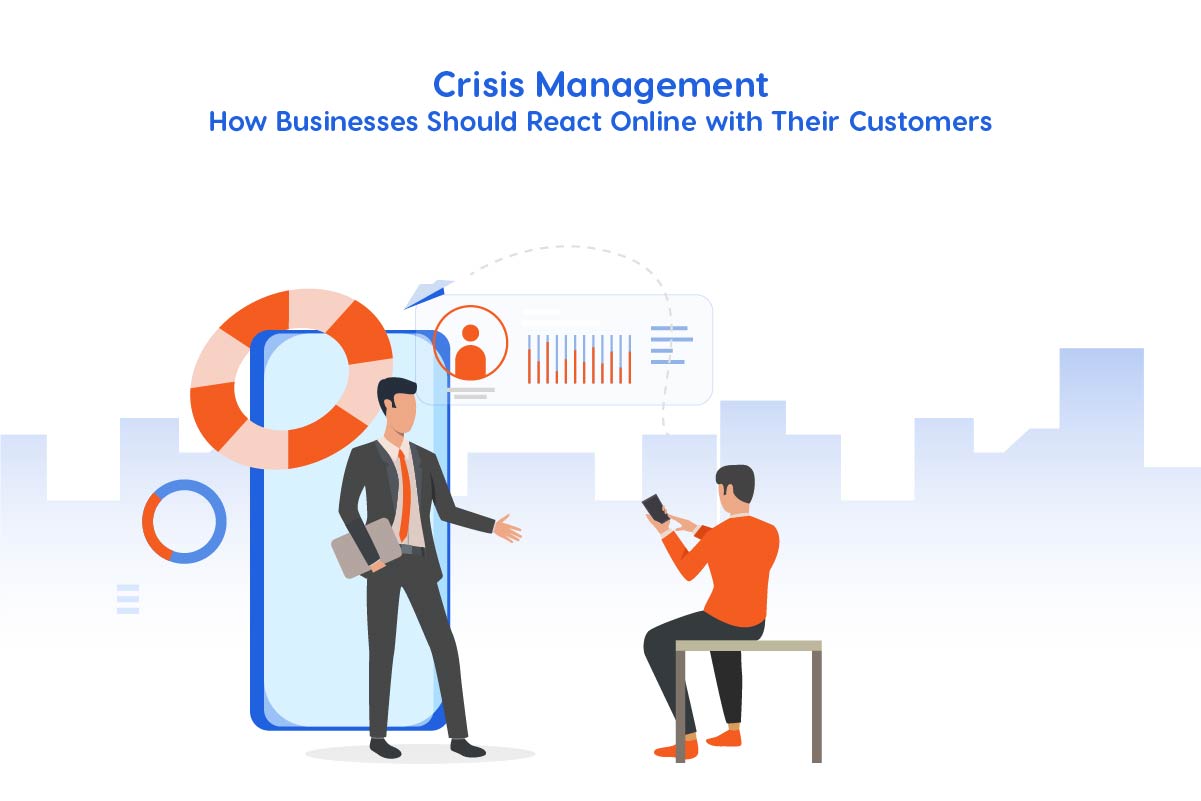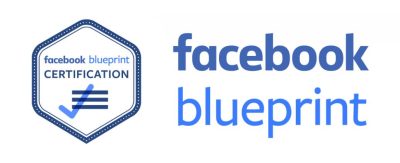Social media is a modern way of promoting your business or brand, but it can also be expensive. There’s no doubt that social media is excellent for getting your message out there, but not every company successfully uses its social media strategy. If you have spent time and money on marketing through Facebook or Twitter, then you need to know if that investment will be paid off—and how much more time or investment will be required to see results in the future.

What is Social Media ROI?
So, what is social media ROI? Social Media ROI refers to the return on investment of your efforts and money on social media. It can be measured to know how much revenue you generate for your business or brand. Tracking this metric over time lets you see which strategies work best and adjust them accordingly.
The first step to calculating your social media ROI is setting goals. It’s not enough to just start measuring it—you need some sort of end goal in mind; otherwise, all you’ll be doing is collecting data and hoping for the best.
Here are some common metrics that can help measure your social media ROI:
- Engagement rates (the percentage of followers who engage with your posts)
- Reach (the number of people who saw or read one or more pieces on your page)
- Retention (how long people stay on your page before leaving)
To measure the impact of your social media campaigns on your business goals, you’ll need to track metrics; some of them are mentioned above. The easiest way to do this is with a tool like Google Analytics.
If you don’t have access to Google Analytics, plenty of other platforms can also be used for tracking social media metrics—for example, Facebook Insights or Socialbakers.
You need to allocate a monetary value to your social media activities to determine the appropriate ROI. The ideal technique to do this is by using a cost-per-click (CPC) model. This means that every time someone clicks on your ad or posts something on one of your blog posts, you get paid a certain amount of money based on their clickthrough rate (CTR).
You can set up your own CPC system with Google Analytics or another tool and track how often people engage with various types of content—for example, whether they read through an article before leaving it alone. You may also want to track how many times people interact with specific elements within a post (like comments), which can give further insight into what kinds of ads are most effective and why some get more engagement than others.
To calculate the social media spend or investment, you need to know how long your team has been in business and what tools and softwares they are using to create content.
The following tools can help:
- Social Media Analytics: These platforms provide real-time data on all your social accounts so that you can see which ones are performing well or poorly at any moment in time. You can also analyze which types of content get the most engagement, when it occurs, where people engage with it most often (on Facebook vs. Twitter), etc., which allows for better decision-making on content creation moving forward.
- Social Media Management Software: These programs, like HubSpot or Buffer, allow managing multiple social media accounts from one dashboard. They also provide access to analytics reports such as heat maps showing where users interact most frequently based on time spent browsing different channels such as Instagram, YouTube, etc.
Conclusion
Social media can be a perfect tool to reach the masses, but you can only get the appropriate return on investments with accurate numbers and measurable results. You can also utilize some tools that help you track your progress through different growth phases. However, doing it yourself can be pretty challenging oftentimes. That is why companies like Tash’heer exist. We have a proper team of marketing specialists to help you allocate the right investment amount on social media marketing and also get you desired results over your investments.





